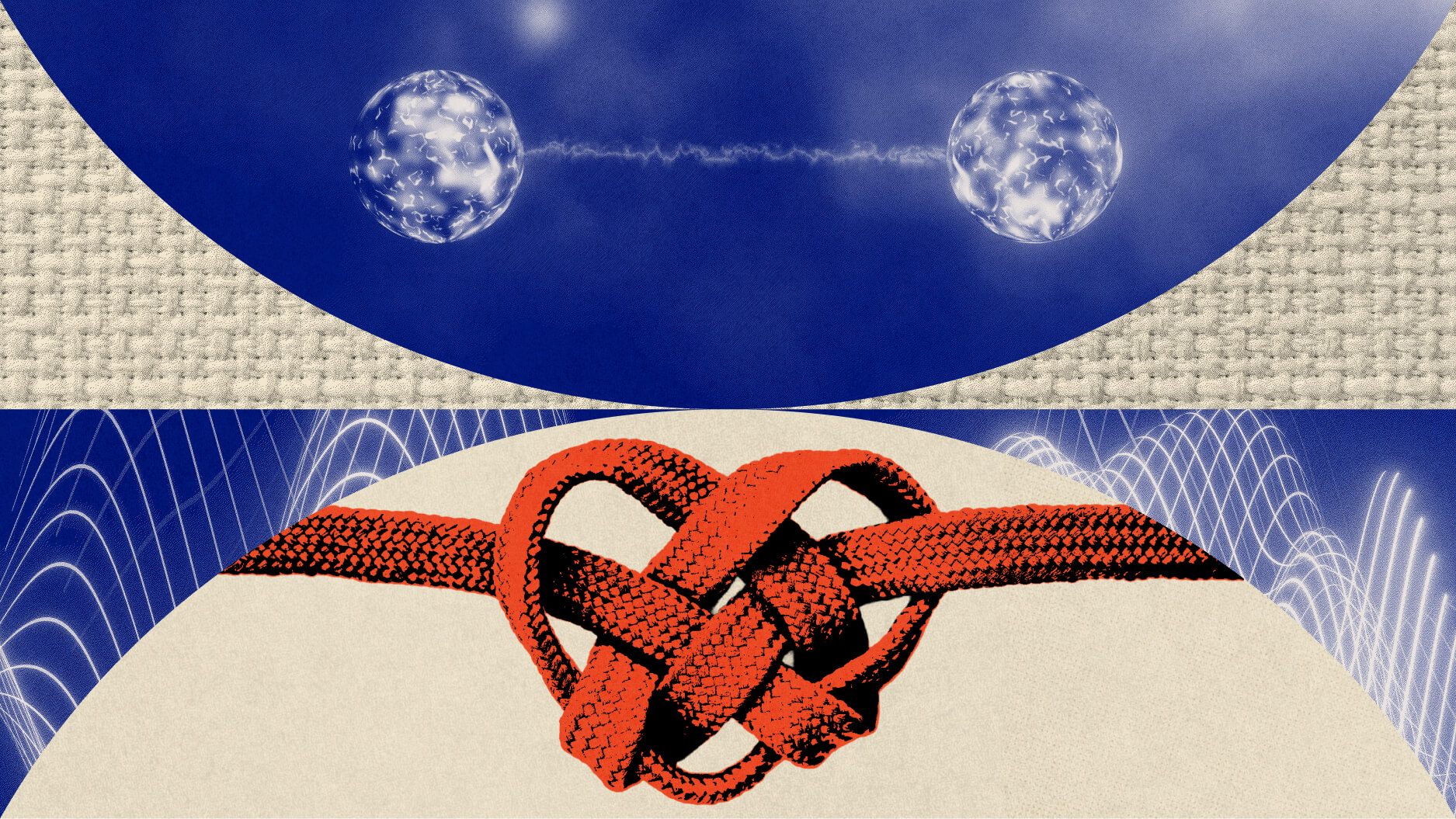Does the Language We Speak Affect Our Perception of Reality?

Ethnobotanist and hallucinogenic scion Terrence McKenna said in one of his lectures that, “Culture is your operating system.” Through hallucinogenic drugs, McKenna posited, one could shed that operating system for a time and gain union with nature, other humans, and even an ancient mode of thinking which could give us insight into modern life. He wanted to bring about an “Archaic Revival,” which would end estrangement from society and reconnect us with one another.
That puts a lot of emphasis on the power of language and culture. To some experts, language is considered a technology, perhaps the most powerful one of all. Eminent explainer of Zen Alan Watts said that in our culture, we often mistake words for the phenomenon they represent. “The menu is not the meal,” he said. Another insight, “We seldom realize…that our most private thoughts and emotions are not actually our own. For we think in terms of languages and images which we did not invent, but which were given to us by our society.”
For centuries, linguists have more or less been split into two camps on the subject. One argues that language shapes thought, while the other claims that it is impossible for language to do so. American linguist Benjamin Lee Whorf, modernized this debate. The idea that language shapes reality has henceforth been known as “Whorfianism.” He famously said,” Language is not simply a reporting device for experience but a defining framework for it.” Language in his view shapes the way we think, and determines what we think about.
Whorf studied the language of the Hopi of the American Southwest, and determined that their and Anglo-American culture were vastly different. This was due he said to differences in language. For instance, their perception of time was completely different. With English speakers, time is broken up into units, such as minutes, hours, and days. It’s a resource or a commodity. For the Hopi time is a never-ending stream. In this view, a phrase such as “wasting time” is impossible to conceive. How can you waste that which never ends?

A Hopi man in Arizona.
Whorfianism fell out of favor. One reason, as The Linguistic Society of America cites, is that we are able to remember and experience things for which we have no words. The taste of an unknown fruit is no less sweet. What’s more, changing the phonetic sounds of a word doesn’t change the facts about what it represents. Because of this, in 1994 psychologist Steven Pinker proclaimed Whorfianism dead. Pinker contends that we all think in images and bits of audio which our brain interprets as language. But it doesn’t end there.
Consider the interpretation of The Literary Society, who perceive thoughts, language, and culture as three strands braided together that make up human experience. They are hard to parse out. Whorfianism is starting to see a resurgence among some in the linguistic community. This is due in part to the work of Professor Lera Boroditsky, an assistant professor of psychology, neuroscience, and symbolic systems at Stanford University. Whorfianism was considered untestable. Boroditsky wondered if it actually was.
She and fellow researchers at Stanford and MIT traveled the world collecting data, and comparing as divergent language systems as Greek, Russian, Chinese, Aboriginal Australian, and more. Boroditsky and her team found that those who are multilingual think differently from those who aren’t. The professor wrote that, “…when you’re learning a new language, you’re not simply learning a new way of talking, you are also inadvertently learning a new way of thinking.”
And within any language system subtle changes in grammar, even mistakes that are accidentally carried on, have a significant impact on that culture’s worldview. “Language is a uniquely human gift, central to our experience,” Boroditsky wrote. “Appreciating its role in constructing our mental lives brings us one step closer to understanding the very nature of humanity.” Simply put, different cultures emphasize different aspects of experience. It is this change in emphasis that makes learning a new language difficult, especially one so different from our own.

Students learning a second language.
Boroditsky along with colleague Dr. Alice Gaby at Monash University, came up with an empirical method to test the influence of language on thought. The Pormpuraaw were selected as subjects. This is an aboriginal community in northern Australia. Their native tongue is Kuuk Thaayorre. Instead of direction words like left and right, their language uses only the cardinal directions: north, south, east, and west. Instead of saying, “Please move your plate to the left” for instance, in Kuuk Thaayorre you would say, “Please move your plate south southwest.” Another example, “There’s a spider on your northeastern arm.” Without being constantly aware of your geographical position, you simply cannot communicate in this language, past a few simple words.
The result Boroditsky writes is that “Speakers of languages like Kuuk Thaayorre are much better than English speakers at staying oriented and keeping track of where they are, even in unfamiliar landscapes or inside unfamiliar buildings.” But it goes beyond this. Their focus on spacial relations influences many other aspects of life including, “…time, number, musical pitch, kinship relations, morality, and emotions.”
The researchers set out to find how this emphasis on geographic location affects the Pormpuraaw’s outlook on time. To do so, they showed volunteers a set of images depicting time’s passage, such as a crocodile growing up, a banana being eaten, or a man aging. Researchers wanted participants to put the pictures into their correct order. Each volunteer was given two separate occasions to do so.

A Pormpuraaw man during a traditional dance.
The direction a language reads in is pivotal for this exercise. For Anglophones, the images would be placed from left to right, while a native Hebrew speaker would arrange them from right to left. All the Kuuk Thaayorre speakers arranged the pictures from east to west. If they were facing south, the pictures went from left to right. But if they were facing north, they went from right to left. Such arrangement held true whether the person faced east or west. It didn’t matter whether the researcher mentioned what direction the subject was facing or not.
But these findings go beyond better understanding of a specific community. Boroditsky said that they have much broader implications for “…politics, law, and religion.” Truly, if we can account for cultural differences properly, we should be better at bridging the gaps between peoples, and can deal with individuals and groups from different backgrounds more fairly.
Beyond her research, “Other studies have found effects of language on how people construe events, reason about causality, keep track of number, understand material substance, perceive and experience emotion, reason about other people’s minds, choose to take risks, and even in the way they choose professions and spouses.”
Boroditsky said that people from different cultures diverge according to “patterns of metaphor” within language. These surface in art as well. For example when it comes to symbolism, “German painters are more likely to paint death as a man, whereas Russian painters are more likely to paint death as a woman.” In 85% of all artistic renderings, the sex of the figure portrayed relates directly to the grammatical gender of the word in the artist’s native tongue. The next step according to Prof. Boroditsky, is to find out is whether it is culture that shapes thought which language only conveys, or if it is language itself that does the shaping.
To learn about how language changes the brain, click here:





